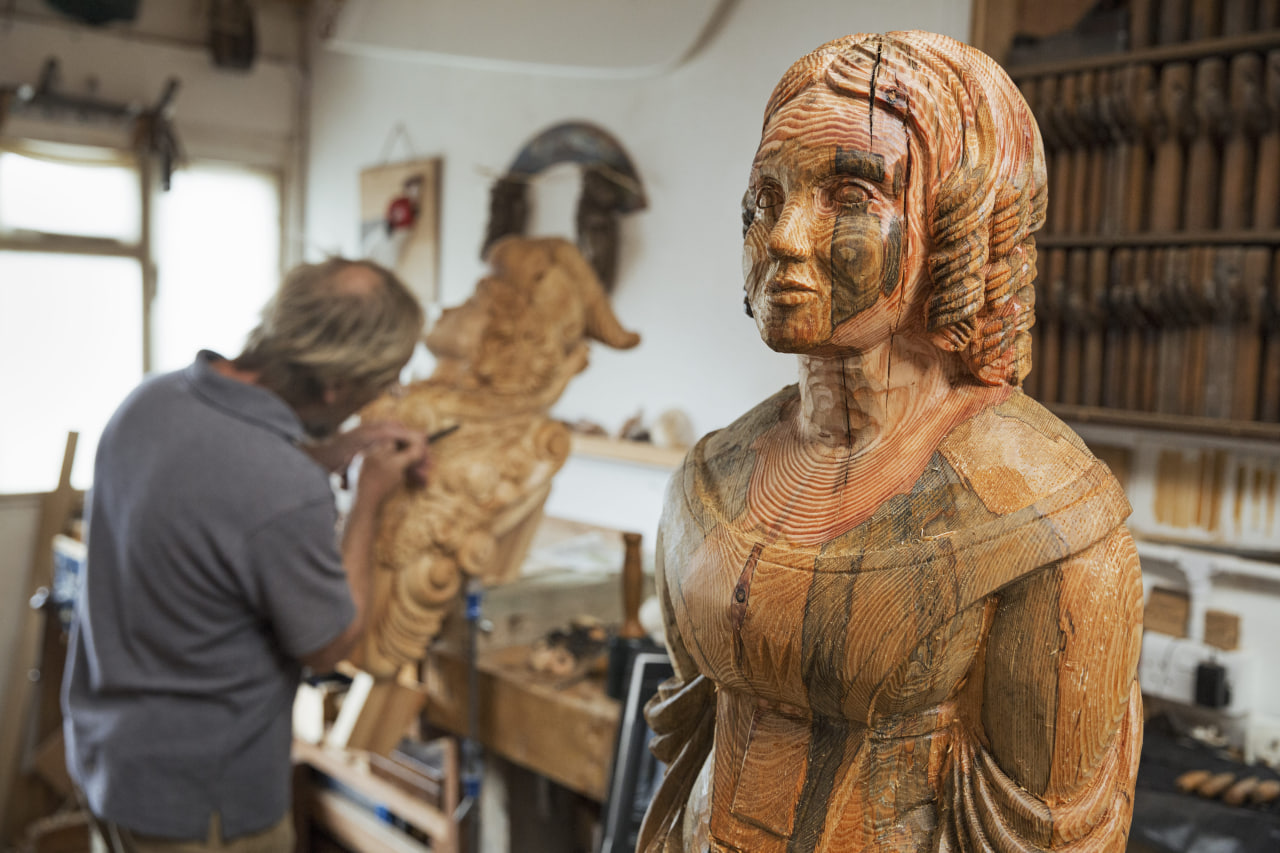Introduction: Antique paintings are some of the most treasured objects in the world of restoration. These masterpieces tell stories of history, culture, and personal expression. However, over time, they can suffer from cracks, fading, or even environmental damage. Restoring antique paintings is a delicate process that requires a skilled hand and a deep understanding of both the artwork and the materials used. In this article, we’ll explore the essential steps for restoring antique paintings and how to preserve their original beauty without compromising their integrity.
Understanding the Materials: Before beginning any restoration project, it’s crucial to understand the materials involved in the artwork’s creation. Paintings, whether oil, watercolor, or fresco, each have specific characteristics and restoration needs. For example, oil paints are prone to cracking as they age, while watercolor paintings may be more delicate and susceptible to moisture. Knowing the medium helps in selecting the right restoration technique.
- Oil Paintings: Oil-based works tend to crack and become brittle with time. Using a solvent to remove accumulated dirt can often damage the paint layer if not done carefully.
- Watercolors: These require delicate handling, as the pigments are often not as durable as oils. They can easily fade if exposed to light or humidity.
- Frescoes: These are typically found in older homes and churches and often require more in-depth restoration due to their porous nature.
The Restoration Process: Restoring an antique painting is not just about fixing visible damage—it’s about revitalizing the work while preserving its history and charm. The process often begins with a thorough cleaning, followed by repairing any damage. Here’s an outline of the key steps involved:
- Cleaning and Assessment:
The first step is to assess the painting’s condition. Cleaning may involve gently removing surface dirt, grime, and old varnish, which can obscure the painting’s true colors. This process must be done with care, as overly aggressive cleaning can damage the pigments and the underlying canvas. - Repairs and Stabilization:
For paintings that have cracks or tears, it’s important to stabilize the surface. This may involve using a special adhesive to bond layers of paint that have separated or patching torn canvas with a conservation-grade material. - Repainting and Touch-Ups:
While it is generally advised not to repaint large areas of an antique painting, minor touch-ups can be made to restore the vibrancy of the original design. However, these touch-ups should be subtle and reversible, ensuring that the restoration can be undone if needed in the future. - Varnishing:
After repairs and cleaning are complete, a fresh layer of varnish is often applied. Varnish helps protect the painting from dust and light and can also give it a unified shine. This step is essential for preventing further damage from environmental factors.
Preserving the Painting After Restoration: Once the restoration is complete, it’s important to preserve the painting properly to ensure that it remains in good condition for years to come. Here are a few tips for preserving antique paintings:
- Proper Framing: Use acid-free materials for framing and choose a frame that protects the painting without pressing it too tightly against the glass or covering.
- Climate Control: Keep the painting in a stable environment. Extreme temperatures and humidity can cause further damage, so it’s important to avoid areas like attics or basements that might fluctuate in temperature.
- Avoid Direct Light: Light, especially UV light, can cause fading and deterioration over time. Display paintings in areas that receive minimal direct sunlight.
Conclusion: Restoring antique paintings is both an art and a science. It requires a deep understanding of the materials, techniques, and history behind each piece. The goal of restoration is not to erase the passage of time, but to preserve and protect the artwork so that future generations can experience its beauty and significance. Whether you’re an amateur or a seasoned professional, the delicate art of painting restoration can be a rewarding way to contribute to preserving cultural heritage.

